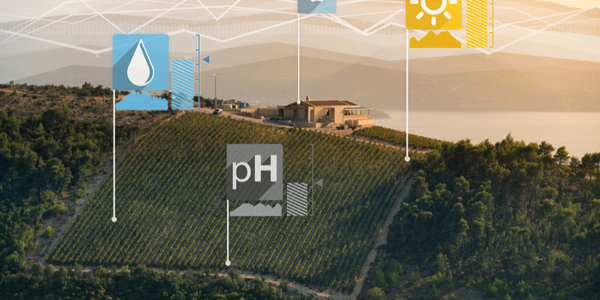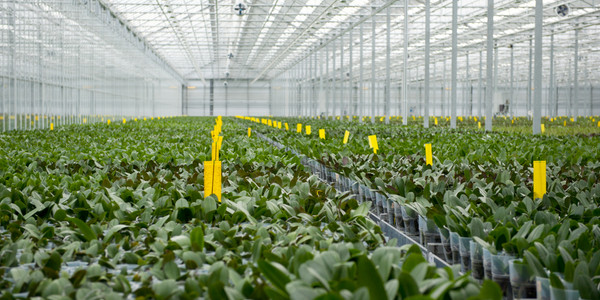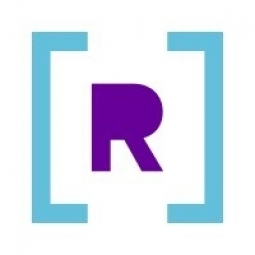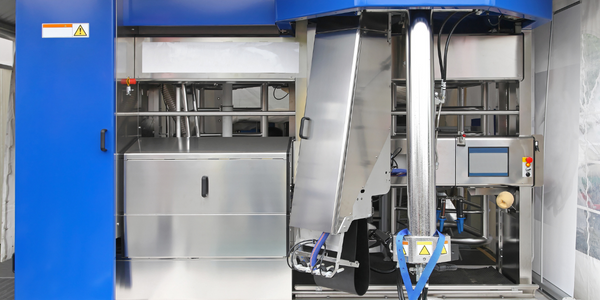Customer Company Size
Large Corporate
Region
- America
Country
- United States
Product
- iYOTAH SaaS Platform
- Rockset
- Amazon S3
Tech Stack
- SQL
- AWS
- Rockset Query Engine
Implementation Scale
- Enterprise-wide Deployment
Impact Metrics
- Productivity Improvements
- Cost Savings
- Revenue Growth
Technology Category
- Analytics & Modeling - Real Time Analytics
- Platform as a Service (PaaS) - Data Management Platforms
Applicable Industries
- Agriculture
- Food & Beverage
Applicable Functions
- Process Manufacturing
- Quality Assurance
Use Cases
- Predictive Maintenance
- Machine Condition Monitoring
- Remote Asset Management
Services
- Data Science Services
- System Integration
About The Customer
The American dairy industry is a significant player in the global market, with 32,000 dairy farmers producing the most milk worldwide. These farmers are known for their efficiency, producing an impressive 23,000 pounds of milk per cow annually. The industry has embraced agricultural and data science to enhance operations, track livestock genetics, monitor weather and feed prices, and utilize IoT sensors for cow movement and milk production tracking. Despite these advancements, many farmers have not kept pace with the latest data analytics technologies, particularly in real-time and streaming analytics. This gap in technology adoption has hindered efficiencies and profits, prompting a need for digital transformation in the industry. iYOTAH Solutions, a Colorado-based company, aims to address this need by providing a real-time SaaS analytics platform to help American dairy farmers optimize their operations and improve profitability.
The Challenge
Dairy farmers in the United States face challenges in efficiently managing large herds and maximizing milk production. With the average farm keeping 234 cows and larger operations managing herds of 5,000 to 100,000 cows, traditional methods of data tracking and management have become insufficient. Farmers have historically used PC-based applications and manual data entry to track key metrics such as herd information, breeding history, feed intake, and milk production. However, these methods are time-consuming and result in siloed data that cannot be easily analyzed for historical trends or combined to make informed decisions. As a result, farmers spend a significant amount of time gathering data, which limits their ability to optimize operations and improve profitability. The need for better connectivity and digitalization in the dairy industry has become apparent, as farmers seek more efficient and powerful ways to utilize their data.
The Solution
iYOTAH Solutions developed a real-time SaaS analytics platform to address the challenges faced by dairy farmers. Instead of requiring farmers to abandon their existing applications, iYOTAH created software agents that install on farmers' PCs to scan for newly-entered or uploaded data. This data, ranging from herd genetic information to dimensional models, is ingested into a data lake hosted on Amazon S3. The data is then converted, tagged with metadata, cleaned, and de-duplicated for query preparation. iYOTAH chose Rockset as the real-time query engine, allowing for fast data application and pipeline development. Rockset's built-in connector to S3 enables automatic data exports, and its support for SQL simplifies query management for developers. The platform features ten customizable dashboards displaying 150 visualizations, including real-time monitoring of milk nutritional content, breeding, animal health, and feed levels. Farmers can configure alerts for temperature changes and correlate data across charts for interactive exploration. iYOTAH is also collaborating with universities to incorporate machine learning analysis and predictive models, further enhancing the platform's capabilities.
Operational Impact
Quantitative Benefit

Case Study missing?
Start adding your own!
Register with your work email and create a new case study profile for your business.
Related Case Studies.

Case Study
Intelligent Farming with ThingWorx Analytics
Z Farms was facing three challenges: costly irrigation systems with water as a limited resource, narrow optimal ranges of soil moisture for growth with difficult maintenance and farm operators could not simply turn on irrigation systems like a faucet.

Case Study
The Kellogg Company
Kellogg keeps a close eye on its trade spend, analyzing large volumes of data and running complex simulations to predict which promotional activities will be the most effective. Kellogg needed to decrease the trade spend but its traditional relational database on premises could not keep up with the pace of demand.

Case Study
HEINEKEN Uses the Cloud to Reach 10.5 Million Consumers
For 2012 campaign, the Bond promotion, it planned to launch the campaign at the same time everywhere on the planet. That created unprecedented challenges for HEINEKEN—nowhere more so than in its technology operation. The primary digital content for the campaign was a 100-megabyte movie that had to play flawlessly for millions of viewers worldwide. After all, Bond never fails. No one was going to tolerate a technology failure that might bruise his brand.Previously, HEINEKEN had supported digital media at its outsourced datacenter. But that datacenter lacked the computing resources HEINEKEN needed, and building them—especially to support peak traffic that would total millions of simultaneous hits—would have been both time-consuming and expensive. Nor would it have provided the geographic reach that HEINEKEN needed to minimize latency worldwide.

Case Study
Greenhouse Intelligent Monitoring and Control Solution
Farming Orchids is the most successful form of precision farming in Taiwan, and also the most exported flower. Orchids need a specific temperature and humidity conditions to grow and bloom, and its flowering time may not be in line with market demands, so the price collapses when there is overproduction. Therefore, some farmers began to import automated greenhouse control systems for breeding and forcing, which not only improves quality, but also effectively controls the production period and yield to ensure revenue. In 2012, an orchid farmer built a Forcing Greenhouse of about 200 pings (approximately 661 Square Meters) in Tainan, Taiwan. The system integrator adopted Advantech’s APAX-5000 series programmable automation controllers to build the control platform, coupled with Advantech WebAccess HMI/SCADA software, to achieve cloud monitoring. The staff of the orchid field can monitor important data anytime via smart phone, iPad, and other handheld devices, and control the growth and flowering conditions. System requirements: In the past, most environmental control systems of orchid greenhouses in Taiwan used PLCs (Programmable Logic Controller) with poorscalability and control, and could not be connected to the Internet formonitoring from the cloud. For advanced database analysis and networking capability, the PC platform must be adopted. Therefore, PAC Systems (Programmable Automation Controller) with both PLC programming capabilities andPC functions is a better choice.The environmental control of the Orchid greenhouse switches on and off devices like fan, shade net, cooling/heat pump, liquid flow control, water-cooling wall etc. It is controlled by a control panel of electric controllers, and is driven by a motor, to adjust the greenhouse temperature, humidity, and other environmental conditions to the set parameters.









